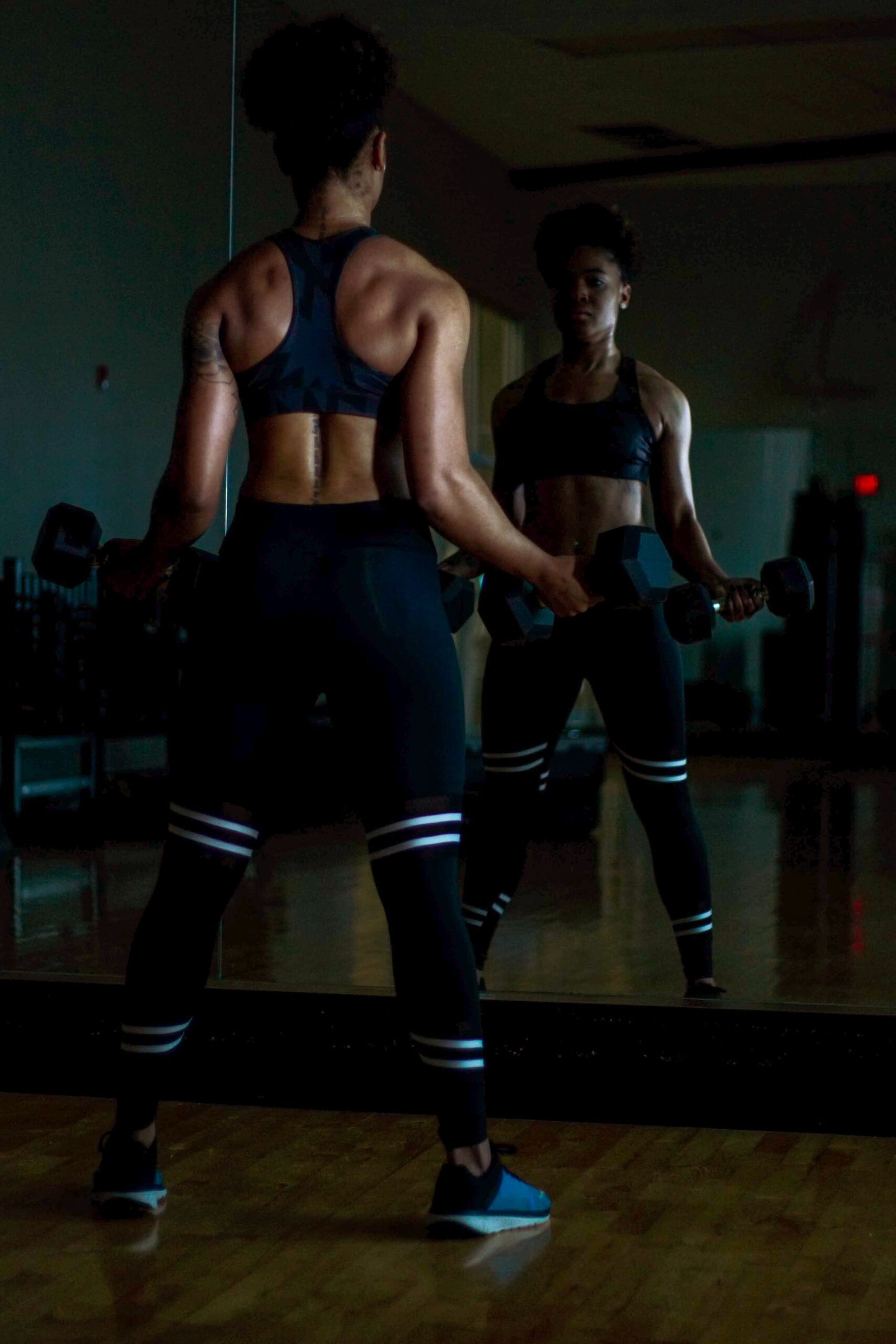A wise man once said, “When you understand the forces acting against you, you will never have a bad day in your life.” The quote speaks to the value of the wisdom acquired through conscious living. Living a high quality of life requires not only knowing what challenges may arise but also being responsible for doing something about them ahead of time. One such constant force in every man’s life is time.
Aging is a blessing that typically brings with it perceptions of diminishing physical health and vitality. Yet, this universal journey harbors a less acknowledged aspect: the preservation and nurturing of muscle strength and mass. Muscle holds a pivotal role at every stage in life, not just as a physical attribute or a mere facet of youthful vigor, but as a crucial determinant of longevity and life quality. It is a valuable currency — one that pays dividends in the form of sustained independence, metabolic health, and psychological well-being.
As we age, our bodies undergo myriad changes. Chief among them is the gradual loss of muscle mass, a condition known as sarcopenia. This phenomenon, far from being a mere cosmetic concern, has profound implications for mobility and overall health. Sarcopenia not only diminishes physical strength but also compromises balance and coordination, critical factors for maintaining autonomy in later years.
Maintaining a healthy muscle reserve is akin to having a savings account to draw upon in times of need, helping to stave off the physical limitations often associated with advancing years. Youthful people have the opportunity now to urge their elder family members to combat sarcopenia as it becomes harder and less effective to gain the muscle needed later in life to get out of bed, walk around the house, do shopping, and lower the risks of falling and being injured.
Research underscores the significance of muscle strength in sustaining balance and overall mobility in older adults. A notable study involving 182 older adults who engaged in strength and balance training revealed that such programs could effectively counteract age-related declines in mobility and muscle strength (Agostini, 2023). Particularly notable were the improvements seen in chair rise capacity, knee extension, and walking speed (especially among women) highlighting the tangible benefits of regular physical activity in preserving functional abilities in the elderly.
Functional training, often comprising strength and balance components, further supports this narrative. Incorporating exercises like chair stands, stair climbing, and walking into training regimens are shown to bolster muscle strength, enhance balance, and improve overall mobility and daily living activities. The practicality of these programs lies in their integration of physical activity into everyday routines, making them a sustainable approach to maintaining muscle health.
Additionally, resistance training is championed as an effective intervention against the loss of muscle strength and mass. This type of exercise addresses not only physical vulnerabilities but also contributes to better management of chronic diseases, psychological well-being, quality of life, and healthy life expectancy in older adults.

Muscle tissue is not only a cornerstone of physical strength and mobility but also plays a pivotal role in maintaining metabolic health. Metabolic health includes blood sugar levels, triglycerides (a type of fat found in the blood), cholesterol (a waxy substance found in the blood that the body needs to build healthy cells, but high levels can increase the risk of heart disease), blood pressure, and waist circumference.
A healthy amount of muscle is important for maintaining a balanced level of all the aforementioned and reducing the risk of conditions such as obesity, type 2 diabetes, heart disease, stroke, kidney disease, and nonalcoholic fatty liver disease. Muscle is also instrumental in regulating glucose metabolism, which is critical in mitigating the risk of obesity and type 2 diabetes. It’s time to change the perception that the pursuit of muscle is vain and optional. It is a major determinant of overall health.
The relationship between muscle mass and the body’s resting metabolic rate (RMR) further underscores the importance of muscle in metabolic health. RMR represents the amount of energy expended by the body at rest, and muscle tissue is a metabolically active component contributing significantly to this. Essentially, the more muscle mass an individual maintains, the higher their resting metabolic rate tends to be. This increased metabolic rate means that the body burns more calories at rest, which can help in weight management and reduce the risk of obesity, a major risk factor for numerous metabolic diseases.
Furthermore, research indicates that enhanced muscle mass and strength are associated with improved overall energy levels. This increase in energy not only supports daily physical activities but also contributes to better regulation of metabolic processes. By maintaining healthy muscle tissue through regular physical activity and strength training, individuals can significantly impact their metabolic health, reducing the risk of metabolic disorders and improving their overall energy and vitality.
Strengthening muscles does as much for the mind as it does for the body; it significantly boosts mental well-being. Regular engagement in activities that build muscle strength has been linked to improved self-esteem, offering a sense of achievement and body positivity. Additionally, numerous studies, including a comprehensive analysis from the UK Biobank, have established a clear inverse relationship between muscle strength and the incidence of depression and anxiety. Individuals with greater muscle strength are less likely to experience these common mental health challenges, underscoring the importance of physical strength in maintaining not just physical but also mental health (Cabanas-Sánchez, 2022).
Staying active and building muscle strength is crucial at every stage of life, but the approach varies with age. In this section of the article, we offer three distinct workout routines tailored for different age groups: 20-40 years, 40-64 years, and those who are 65 and older. Each routine is designed to cater to the unique physical needs and capabilities of these age brackets.
For individuals aged 20-40, the focus is on building a solid foundation of muscle mass and strength, using a combination of weight training and high-intensity interval training (HIIT) to maximize results.
Moving to the 40-64 age group, the workouts shift slightly to accommodate changing physical dynamics. Here, the emphasis is on maintaining muscle mass, flexibility, and joint health, integrating a mix of resistance training and low-impact cardio exercises.
For those aged 65 and older, the priority is on preserving muscle strength, balance, and coordination to aid in daily activities and prevent falls. The recommended workouts include gentle strength training, balance exercises, and activities that enhance mobility.
Adapt the workout routine to optimize muscle health, boost metabolism, and enjoy the psychological benefits that come with staying active and strong.
Focus: Building muscle mass and strength, improving cardiovascular health.
- Strength Training Circuit (3 sets, 8-12 reps per exercise):
- Squats (bodyweight or with weights)
- Bench Press or Push-ups
- Deadlifts (with barbell or dumbbells)
- Pull-ups or Lat Pulldowns
- Plank (hold for 30-60 seconds)
- Cardiovascular Training:
- Running or brisk walking (20-30 minutes)
- Cycling or a spin class (30 minutes)
- Flexibility and Core Stability:
- Yoga or Pilates session (30 minutes)
- Stretching routine focusing on major muscle groups
- Leg Press or Lunges
- Dumbbell Chest Press or Push-ups on knees
- Seated Row or Dumbbell Rows
- Overhead Dumbbell Press
- Bicycle Crunches
- Low-Impact Cardio:
- Swimming or water aerobics (30 minutes)
- Elliptical trainer or brisk walking (30 minutes)
- Flexibility and Balance:
- Tai Chi or gentle yoga (30 minutes)
- Balance exercises like standing on one leg
Age Group: 65 and Older
Focus: Enhancing balance, maintaining mobility, and preventing muscle loss.
- Light Resistance and Functional Training (2 sets, 10-12 reps):
- Chair Squats
- Wall Push-ups
- Light Dumbbell Curls
- Seated Leg Extensions
- Standing Calf Raises
- Low-Impact Cardio and Mobility:
- Walking or stationary cycling (20-30 minutes)
- Gentle stretching exercises
- Balance and Coordination:
- Standing on one leg, using a chair for support
- Simple yoga poses such as Tree Pose
- Gentle Tai Chi movements
Each workout routine should be adjusted according to individual fitness levels and any health concerns. It’s crucial for individuals, especially those in the older age groups, to consult with a healthcare provider before starting any new exercise regimen.


